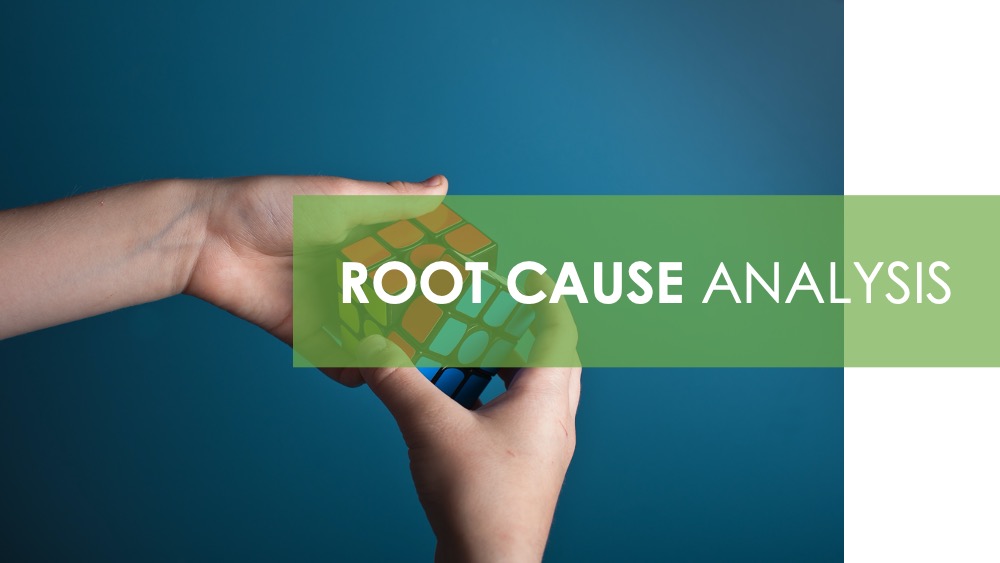The Power of Root Cause Analysis: Understanding the Real Constraints and Leverage Points of Your Business


The Power of Root Cause Analysis: Understanding the Real Constraints and Leverage Points of Your Business
When problems arise, we tend to look for the easiest solutions. Is that always the best strategy?
Likely, not.
As any doctor can tell you, quick-fixes may work. Or, they might only address surface-level symptoms. They might do nothing to improve your overall health.
The longer you ignore the real problem, the worse things can get. This isn’t effective (and, to continue the health analogy, it could be pretty dangerous).
Are you looking for something more effective? Diagnose the real issue. In the language of business management, you do this by conducting a root cause analysis—or an RCA.
The Power of Root Cause Analysis
A root cause analysis can identify past mistakes that led to current issues. It can also help your team strategize to improve the overall health of your organization.
Many techniques and protocols can be used in a root cause analysis; well-known ones include The Five Whys and the Pareto Analysis. The basic steps of each are the same:
- Launch a detailed examination into the hidden issues that caused a problem for your business.
- Focus on why something occurred—instead of who or what is to blame.
- Be open to finding more than one issue at hand
- Rely on hard evidence to draw your conclusions.
- Don’t just identify the problem. Don’t stop until you’ve brainstormed a fix—and a strategy to prevent the problem from happening again.
Define your RCA
Also? Your team’s RCA should be defined. Repeatable! In other words, next time you have an issue, you can use the same analysis to solve it
The same issue that caused your team grief in the first place might crop up again—or it could pose problems for another team. Solving that one issue may have a ripple effect. Your one root cause analysis might have an impact across your entire business—and your future.
Transparency and Clarity
Another benefit of the RCA: Transparency. When you’re using such a defined process to troubleshoot your problems, the entire effort becomes more clear. (To your employees, sure, but also to your stakeholders!)
If your company can systemize its problem-solving, it’ll become part of your company culture.
Track your success
RCAs are data-based and evidence-driven. More than that: If you start to change the environment, you can watch the analysis change. When you begin to implement changes, you can use the same RCA to track the success of a new strategy. You’ll get hard numbers to see if the planned solution paid off—immediately.
RCAs are often used to address negative events. However, flipping the idea around and creatively using the same technique to analyze your success could be a game-changer for your business.
If you fully understand your mistakes and your successes, you’ll have the information you need to repeat your victories and prevent your issues. The result? You guessed it: You’ll enjoy a faster-growing, stronger company.






Leave a Reply